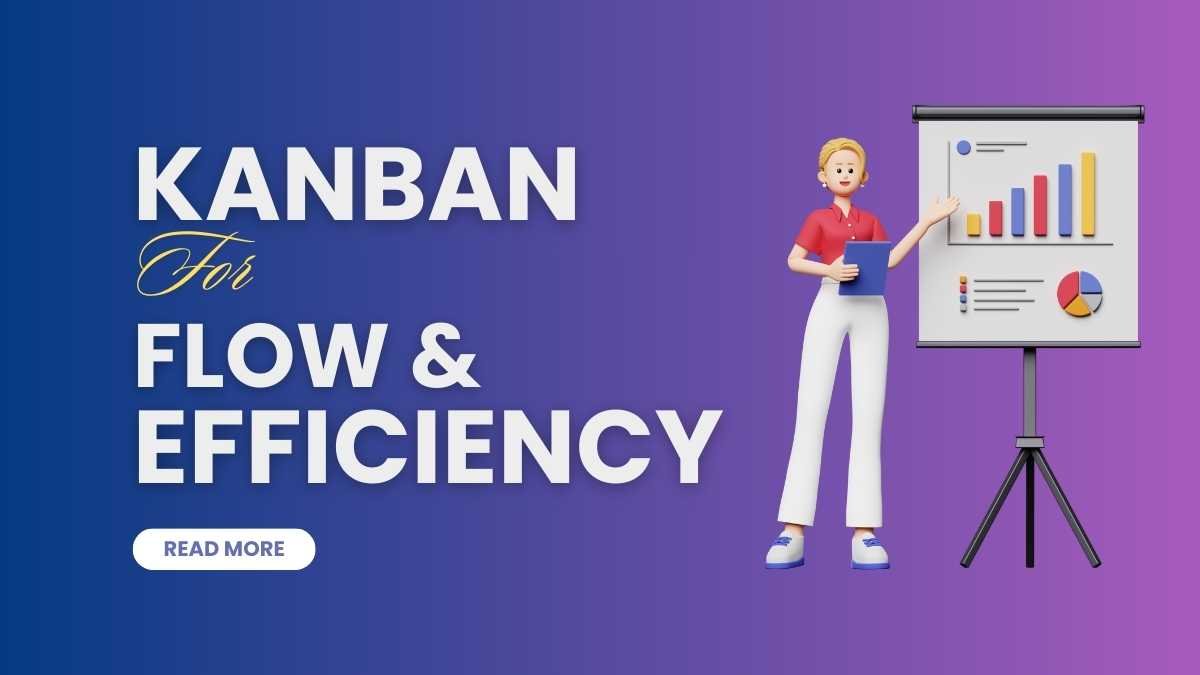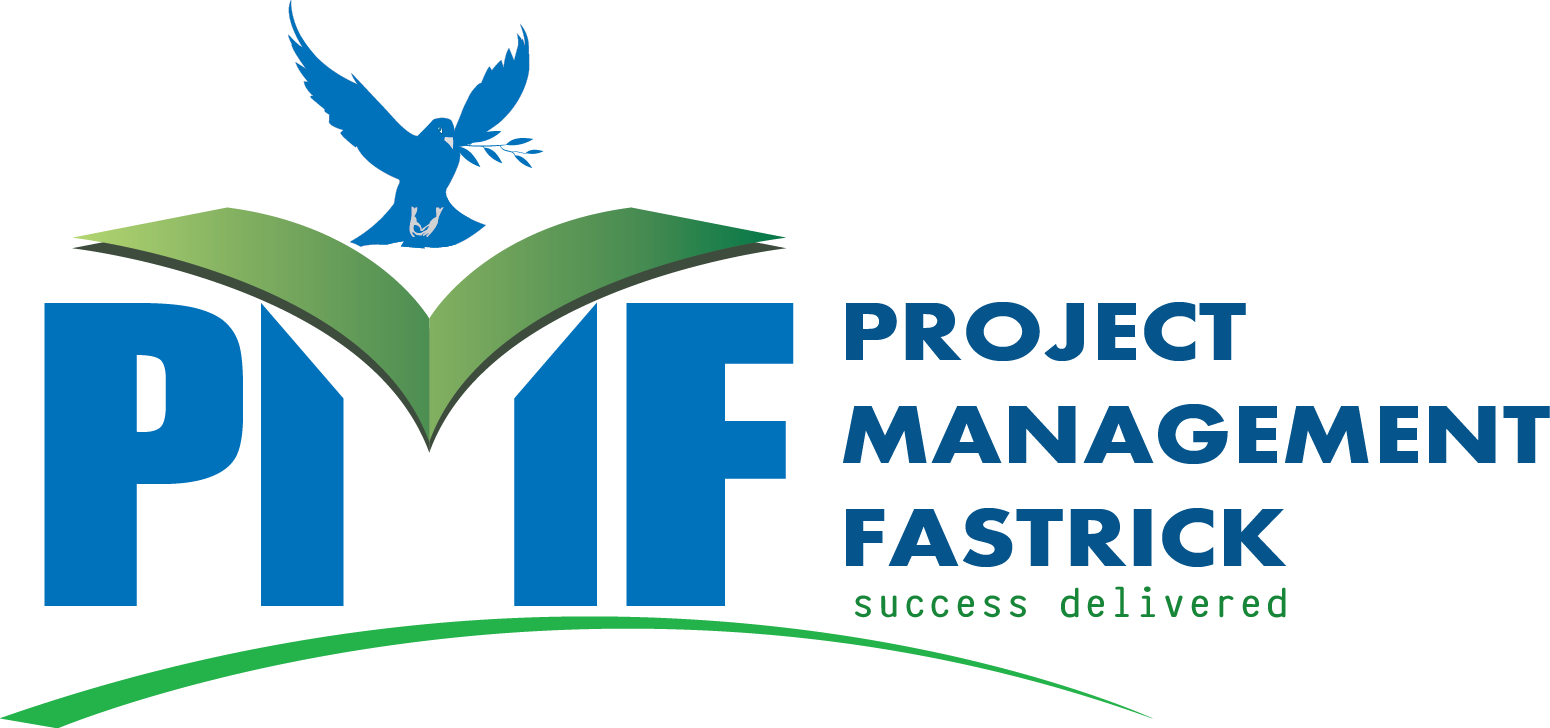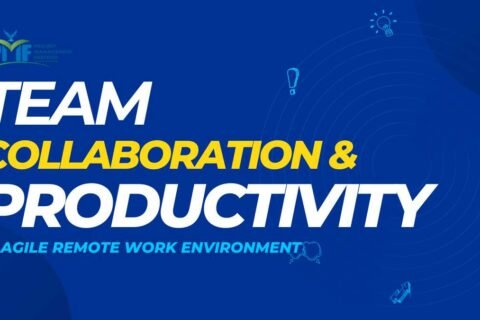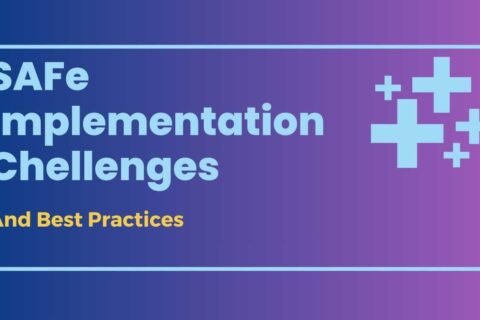Kanban for Knowledge Work: Improving Flow and Efficiency in Project Management
Kanban is a visual workflow management method that has been adapted from manufacturing to various knowledge work domains, including project management. This paper explores the application of Kanban in knowledge work, focusing on how it can improve workflow efficiency and project management processes. Through an examination of key principles, practices, case studies, and empirical evidence, this research highlights the benefits and challenges of implementing Kanban in knowledge work environments.
Introduction
In today’s fast-paced and dynamic business environment, organizations are constantly seeking ways to enhance productivity and efficiency. Knowledge work, characterized by tasks that require cognitive effort and problem-solving, presents unique challenges in managing workflows and ensuring timely delivery of projects. Traditional project management approaches often fall short in addressing these challenges. Kanban, a methodology rooted in Lean principles, offers a promising solution by providing a visual framework for managing and improving work processes.
Background
Origin of Kanban
Kanban originated in the manufacturing sector, specifically within Toyota’s production system, as a method to optimize inventory control and production efficiency. The term “Kanban” means “visual signal” or “card” in Japanese. It was used to signal the need for materials or production activities, thereby reducing waste and ensuring a smooth flow of work.
Transition to Knowledge Work
The principles of Kanban have been adapted to knowledge work to address the complexities of managing cognitive tasks. Unlike manufacturing, knowledge work involves intangible outputs, varied task types, and unpredictable workflows. Kanban’s flexibility and focus on visualizing work make it well-suited for these environments.
Key Principles of Kanban
Visualize Work
The cornerstone of Kanban is visualizing work using a Kanban board. This board typically consists of columns representing different stages of a workflow, such as “To Do,” “In Progress,” and “Done.” Tasks are represented by cards that move across the board as work progresses. Visualizing work helps teams understand the current state of tasks, identify bottlenecks, and enhance transparency.
Limit Work in Progress (WIP)
Limiting WIP is crucial to maintaining a smooth workflow. By capping the number of tasks that can be in progress at any given time, teams can focus on completing tasks rather than starting new ones. This reduces context switching, minimizes work congestion, and improves task completion rates.
Manage Flow
Kanban emphasizes continuous monitoring and management of workflow. By tracking the movement of tasks and identifying delays, teams can implement changes to improve efficiency. Techniques such as cumulative flow diagrams and lead time measurements help in understanding and optimizing flow.
Make Process Policies Explicit
Clear and explicit process policies ensure that all team members understand the workflow, criteria for task movement, and responsibilities. These policies foster consistency and accountability, reducing misunderstandings and enhancing collaboration.
Implement Feedback Loops
Regular feedback loops, such as daily stand-up meetings and retrospective sessions, are integral to Kanban. These meetings provide opportunities for teams to discuss progress, address issues, and make improvements. Continuous feedback fosters a culture of learning and adaptation.
Improve Collaboratively, Evolve Experimentally
Kanban encourages continuous improvement through small, incremental changes. Teams are encouraged to experiment with new practices, measure their impact, and adopt those that yield positive results. This iterative approach ensures that processes evolve in response to changing needs and challenges.
Application of Kanban in Knowledge Work
Project Management
In project management, Kanban can be used to visualize project tasks, track progress, and ensure timely completion of deliverables. By breaking down projects into smaller tasks and managing them on a Kanban board, project managers can gain better control over workflows and resource allocation.
Software Development
Kanban has gained significant traction in software development, where it helps teams manage feature development, bug fixes, and technical debt. By visualizing the development process, teams can prioritize tasks, manage dependencies, and deliver high-quality software more efficiently.
Marketing
Marketing teams use Kanban to manage campaigns, content creation, and promotional activities. By visualizing the stages of marketing workflows, teams can streamline content production, track campaign progress, and ensure timely execution of marketing strategies.
Human Resources
HR departments leverage Kanban to manage recruitment processes, onboarding, performance evaluations, and employee development programs. Visualizing these processes helps HR teams track candidate status, streamline onboarding activities, and ensure consistent employee engagement.
Benefits of Kanban in Knowledge Work
Enhanced Visibility and Transparency
Kanban’s visual nature provides teams with a clear understanding of work status and progress. This transparency fosters better communication, collaboration, and decision-making.
Improved Efficiency and Productivity
By limiting WIP and focusing on completing tasks, Kanban reduces multitasking and context switching, leading to higher productivity and faster task completion.
Better Workflow Management
Continuous monitoring of workflow enables teams to identify bottlenecks and implement changes to improve efficiency. This proactive approach ensures smoother and more predictable workflows.
Increased Flexibility and Adaptability
Kanban’s iterative and experimental approach allows teams to adapt to changing requirements and priorities. Teams can make incremental improvements and quickly respond to new challenges.
Higher Quality of Work
Kanban promotes a culture of continuous improvement and accountability. By regularly reviewing processes and implementing feedback, teams can enhance the quality of their work and deliver better outcomes.
Challenges of Implementing Kanban
Resistance to Change
Introducing Kanban requires a shift in mindset and practices. Teams may resist adopting new workflows and limiting WIP, especially if they are accustomed to traditional project management methods.
Initial Setup and Training
Setting up a Kanban board and defining process policies require initial effort and training. Teams need to invest time in understanding Kanban principles and adapting them to their specific context.
Continuous Monitoring and Adjustment
Kanban requires ongoing monitoring and adjustment of workflows. Teams need to be committed to regularly reviewing processes, identifying issues, and implementing improvements.
Case Studies
Case Study 1: Software Development Team
A software development team at XYZ Corporation implemented Kanban to improve their feature development process. By visualizing their workflow and limiting WIP, the team reduced lead times by 40% and increased the frequency of feature releases.
Case Study 2: Marketing Department
The marketing department at ABC Enterprises adopted Kanban to manage their content creation process. The visual Kanban board helped the team track content status, manage deadlines, and improve collaboration, resulting in a 30% increase in content production efficiency.
Conclusion
Kanban offers a powerful framework for improving workflow efficiency and project management in knowledge work environments. By visualizing work, limiting WIP, managing flow, and fostering continuous improvement, teams can achieve higher productivity, better collaboration, and enhanced quality of work. While challenges exist, the benefits of implementing Kanban far outweigh the initial effort required. As organizations continue to navigate the complexities of modern work, Kanban provides a flexible and adaptive approach to managing and optimizing workflows.
References
- Anderson, D. J. (2010). Kanban: Successful Evolutionary Change for Your Technology Business. Blue Hole Press.
- Kniberg, H., & Skarin, M. (2010). Kanban and Scrum – Making the Most of Both. C4Media.
- Lei, H., Ganjeizadeh, F., Jayachandran, P. K., & Ozcan, P. (2017). A comprehensive review of agile project management. Journal of Systems and Software, 131, 30-43.
- Vacanti, D. A. (2015). Actionable Agile Metrics for Predictability: An Introduction. Leanpub.
- Hiranabe, K. (2008). Kanban applied to software development: from agile to lean. IEEE Software, 25(4), 21-27.







